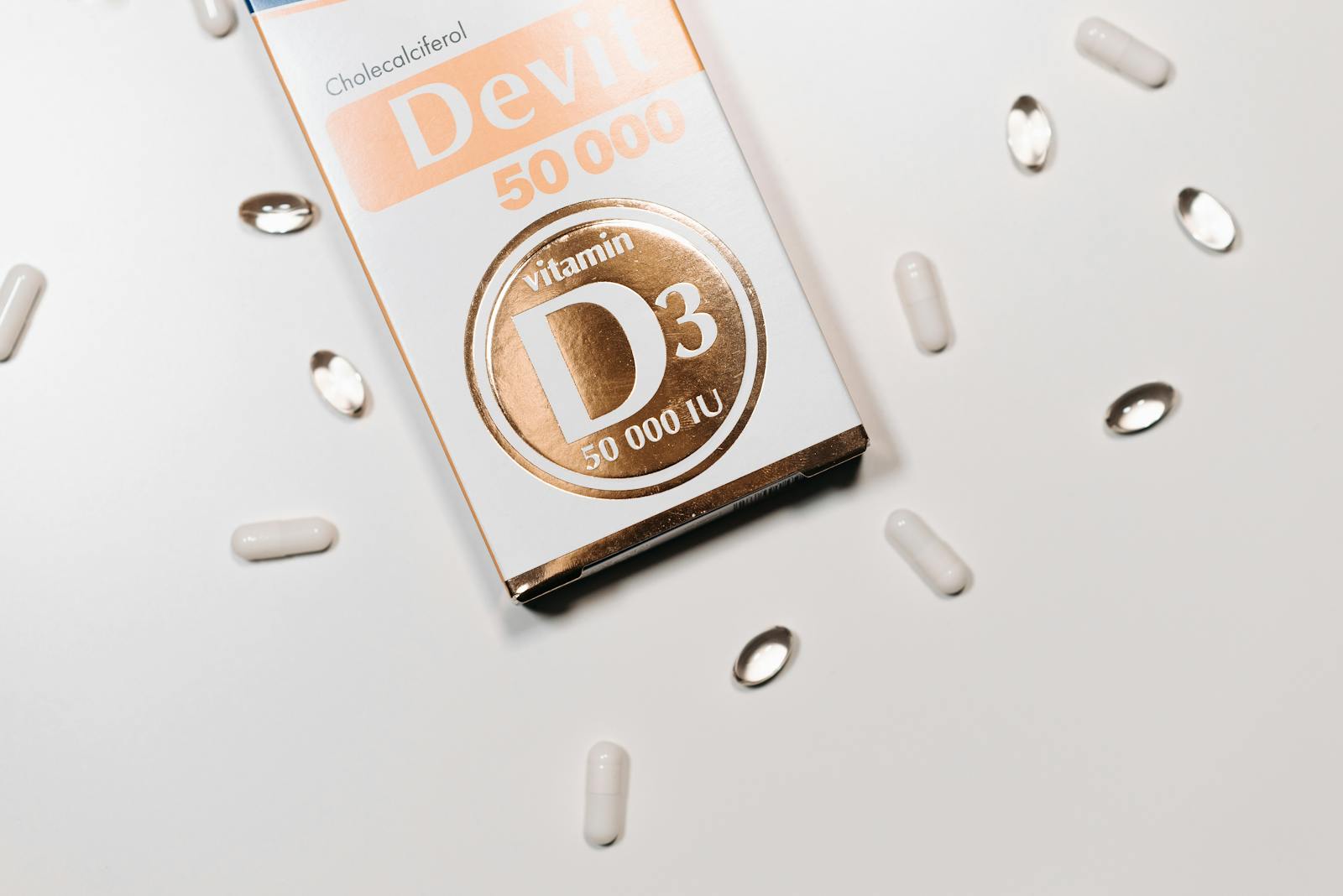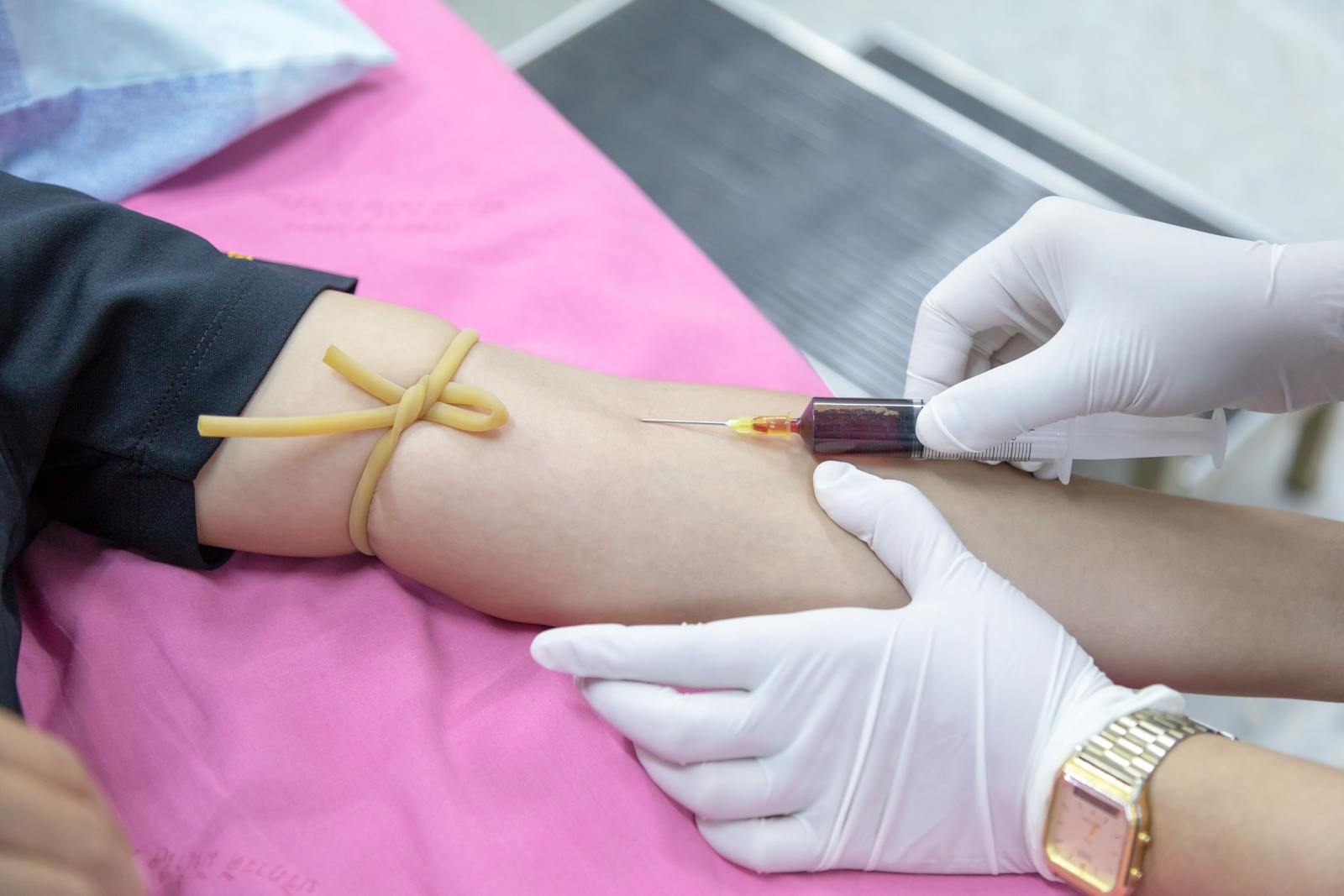Seborrheic dermatitis, characterized by excessive oiliness and flaking, often intensifies in the colder months. The condition primarily affects areas rich in sebaceous glands, including the scalp, face, eyebrows, and chest. Dermatologist Ana Cristina Fasanella points out that a combination of overactive sebaceous glands and the presence of the microorganism Pityrosporum ovale underlies the disease’s various manifestations.
Understanding the Winter Trigger
While seborrheic dermatitis can occur year-round, winter conditions—dry air, indoor heating, and frequent hot showers—create a perfect storm for flare-ups. Elevated temperatures from hot showers stimulate sebum production, and stress or emotional factors further aggravate oiliness. These combined triggers result in increased scaling, redness, and discomfort.
Symptoms Across Ages
In adults and adolescents, seborrheic dermatitis typically appears as red, flaky patches on the scalp, eyebrows, central face, and chest. The scaling can range from subtle white flakes—commonly known as dandruff—to more pronounced red plaques. Itching and hair loss may accompany the inflammation, and if eyelids are affected, the condition is referred to as blepharitis.
For infants, the presentation differs: the scalp develops thick, adherent yellowish-white crusts, known as cradle cap. Despite its appearance, seborrheic dermatitis is inflammatory rather than infectious, meaning it cannot be transmitted through direct contact or sharing personal items such as combs or brushes.
Managing Seborrheic Dermatitis
Effective treatment revolves around topical medications and specialized hair care products. Dermatologists recommend medicated shampoos, creams, and lotions specifically formulated for seborrheic dermatitis. Treatment is most effective when maintained even during periods without flare-ups, reducing the frequency and severity of lesions. However, it is important to note that management strategies control symptoms rather than offer a cure.
Dietary changes, including reducing fatty foods or chocolate, have no proven effect on the course of the disease. The focus should remain on external care and medical guidance.
Practical Hair and Scalp Tips
Dermatologist Flávia Addor emphasizes practical habits to maintain scalp health, particularly in winter:
- Wash hair with lukewarm water whenever needed; the frequency of washing does not worsen seborrhea.
- Use a hairdryer at medium temperature, keeping it at least 15 cm away from the scalp.
- Regularly clean combs and brushes to remove microorganisms.
- Employ shampoos, conditioners, and anti-dandruff lotions—cosmetic or medicated—to keep flaking under control.
Key Takeaways for Patients and Families
Beyond treatment, education and understanding are crucial. Seborrheic dermatitis can cause social discomfort, particularly for children, who may face teasing at school. Clear communication with peers and adults can reduce stigma. Awareness that the condition is non-contagious allows families to approach management without fear of infection.
Ultimately, winter exacerbates seborrheic dermatitis through a combination of dry air, hot water, and stress, yet consistent care can mitigate its impact. Adults, adolescents, and children alike benefit from early intervention and daily management, keeping inflammation, flaking, and discomfort to a minimum while preserving skin and scalp health.
Maintaining a consistent routine that addresses both environmental and physiological triggers ensures that seborrheic dermatitis remains a manageable condition rather than a disruptive one. With proper attention to medicated products, hair care practices, and ongoing dermatological guidance, individuals can navigate the winter months with reduced flare-ups, healthier skin, and improved confidence in social and professional settings.




